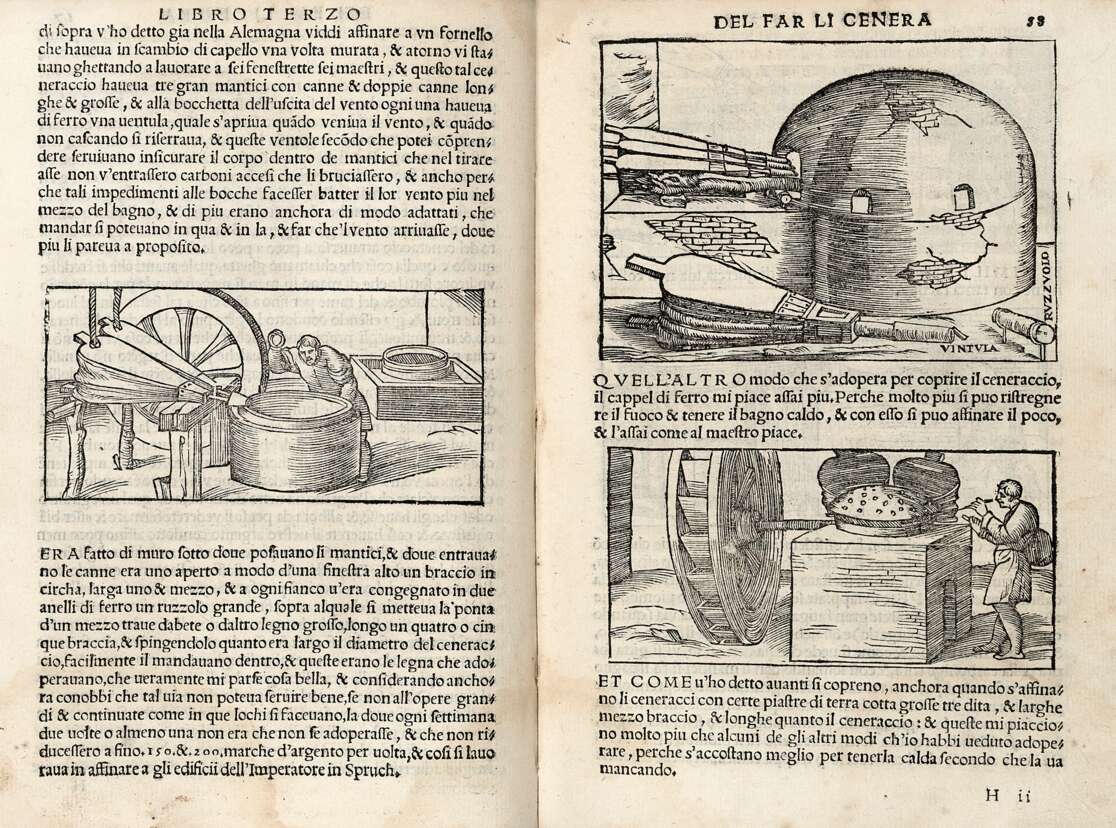Great master of metallurgical technology: Who is Vannoccio Biringuccio?
The book he wrote was taught in universities for decades. He was expelled from the city where he lived for a period of time, on the grounds that he had ruined the balance of the money. Here is his story:

(1480-1539) Italian metallurgist. His work De la pirotechnia became a comprehensive resource on metallurgical techniques in the 15th and 16th centuries.
He was born on 20 October 1480 in Siena. His father was an architect. He was sent to Germany by the tyrant of Siena, Pendolfo Fetrucci, to study mineral processing methods.
Vannoccio Biringuccio, sometimes spelled Vannocio Biringuccio (c. 1480 – c. 1539), was an Italian metallurgist. He is best known for his manual on metalworking, De la pirotechnia, published posthumously in 1540.
After returning to Siena in 1513, Boccheggiano was appointed manager of the mines and mint. In 1516, he was dismissed by the Sienas, who rioted on the grounds that he had disturbed the settings of the coins minted. Borghese Petrucci, son of Pendolfo, who died in 1512, was forced to leave Siena as he turned a blind eye to this event. Therefore, Biringuccio had no opportunity to live in this city. Meanwhile, he made investigations in the Venetian and Florentine republics. In 1523, after the political situation had calmed down, he returned to Siena. He regained his former dignity. Moreover, a year later he was given a monopoly on the production of saltpeter for gunpowder. While in Florence in 1526, he was unable to return to Siena until 1530, after the Petrucci were expelled again. After this date, he was elected senator in Siena; He also started doing architecture. Pope III in Rome in 1538. Paul's foundries. He died in Rome in early 1539.
Biringuccio's De la pirotechnia ("On Firecrackers"), based on his observations in various mines, was published in 1540. The work, which consists of ten chapters, covers topics such as metal ores, smelting techniques, the extraction of silver and gold from their ores, various alloys, casting techniques, and finally, in the 10th chapter, pyrotechnic methods for explosives and cartridges. About eighty paintings made with woodcut techniques convey the metallurgical techniques used in the 15th and 16th centuries. Another feature of the work is that it distinguishes between the success of alchemy in practice and its theoretical methods, and it takes an attitude against alchemy by revealing that there is no connection between them. It is known that Agricola, the famous mineralogist of the period, greatly benefited from Biringuccio in his work De Re Metallica ("On Metals"). Biringuccio focused his attention on casting techniques. His work has been a comprehensive and reliable source of the metallurgical techniques and inorganic chemistry practices of the period.
